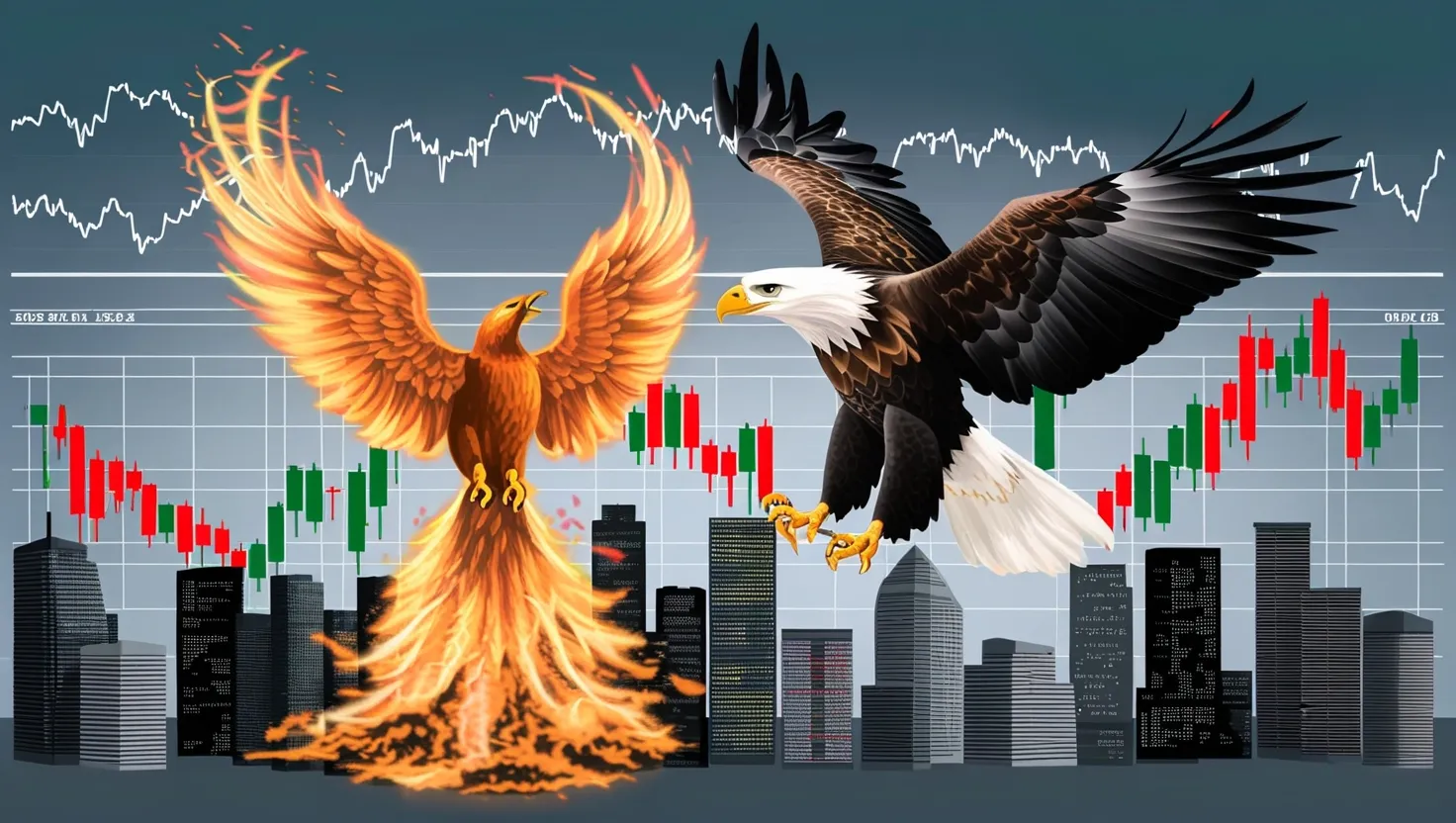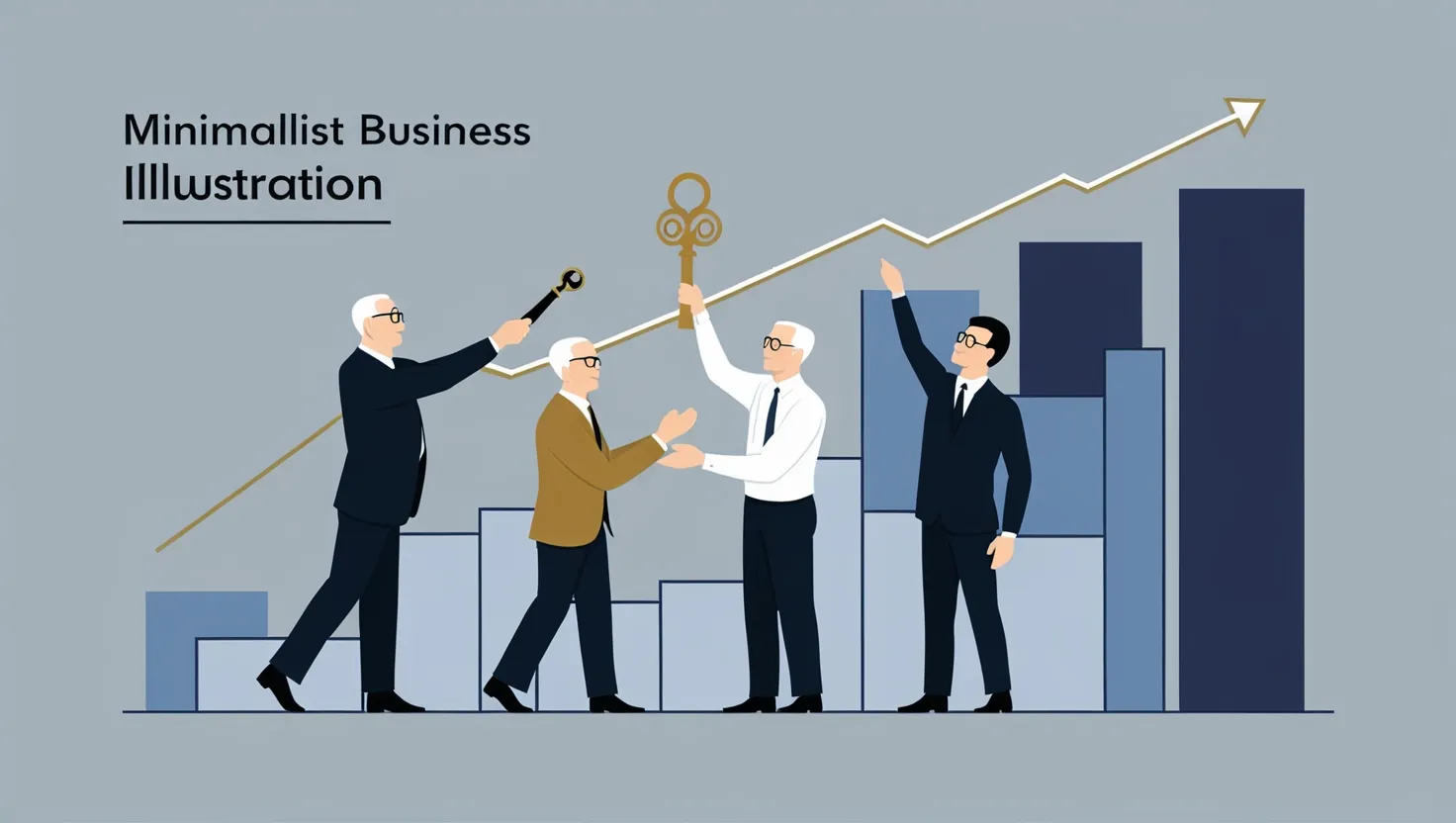When it comes to value investing, few strategies are as intriguing and rewarding as identifying and investing in companies on the brink of a turnaround. These are firms that, for various reasons, have hit rock bottom but possess the inherent potential to rebound and thrive. Here are three compelling case studies that illustrate the art of spotting and capitalizing on these undervalued gems.
The Coca-Cola Revival
Imagine a company that is synonymous with refreshment and joy, yet finds itself in the midst of a crisis. This was the scenario facing Coca-Cola in the late 1980s, following the infamous “New Coke” debacle. The backlash was severe, and the company’s stock price reflected the market’s pessimism. It was during this tumultuous period that Warren Buffett, the legendary value investor, saw an opportunity.
Buffett’s investment in Coca-Cola was not a spontaneous decision; it was the result of meticulous analysis and a deep understanding of the company’s fundamentals. Despite the short-term setbacks, Coca-Cola boasted a powerful brand, a global distribution network, and a business model that had stood the test of time. Buffett’s strategy was to invest for the long haul, and his patience was rewarded as Coca-Cola’s stock soared over the years, turning his initial $1 billion investment into a staggering $20 billion.
This case highlights the importance of looking beyond short-term market sentiments and focusing on a company’s intrinsic value. It also underscores the value of patience and the need to understand the business you are investing in. Buffett’s success with Coca-Cola is a testament to the power of value investing and the rewards that come from holding onto quality assets through thick and thin.
The Geico Turnaround
Sometimes, a company’s decline is so steep that it seems almost irreversible. Such was the case with Geico, the insurance giant, in the 1970s. Facing bankruptcy and struggling to stay afloat, Geico was on the verge of collapse. However, Warren Buffett, who had previously invested in the company, saw an opportunity to intervene and steer it back to health.
Buffett’s approach was multifaceted. He brought in Jack Byrne, an experienced insurance executive, to lead the turnaround efforts. Byrne implemented a series of cost-cutting measures and strategic changes that helped stabilize the company. Buffett also invested heavily in Geico, purchasing both common and preferred shares at distressed prices.
The turnaround was nothing short of remarkable. Geico’s financial health improved significantly, and the company began to grow once more. This case study illustrates the importance of strong management and the need for a clear, achievable strategy in driving a turnaround. It also shows how value investors can capitalize on distressed situations by identifying companies with solid underlying fundamentals.
The Eicher Motors Transformation
In the world of corporate turnarounds, few stories are as inspiring as that of Eicher Motors, an Indian company that was once on the brink of collapse. In the early 2000s, Eicher Motors was a diversified conglomerate with 15 different businesses, none of which were market leaders. The company was struggling to find its footing, and its stock price reflected its dismal performance.
The turning point came with the appointment of a new CEO who brought fresh ideas and a focused strategy. The company decided to shed its non-core businesses and concentrate on its core products – motorcycles and trucks. This decision was followed by a series of cost-efficiency measures, including the introduction of modern technology and a targeted approach to customer segments.
The results were astounding. Eicher Motors transformed from a struggling conglomerate into a market leader in the motorcycle segment. The company’s stock price soared, and it generated substantial shareholder value. This case study highlights the importance of focusing on core competencies and improving operational efficiencies as key strategies in a corporate turnaround.
Spotting Turnaround Opportunities
So, how do value investors identify companies that are ripe for a turnaround? The process involves a combination of financial analysis, industry research, and a deep understanding of the company’s business model.
One of the first signs of a potential turnaround is a company’s effort to improve cost efficiencies. This can involve reducing employee costs, cutting back on R&D spending, or improving cash management. Investors should look for visible results on a quarterly basis to see if these measures are yielding positive outcomes.
Another crucial factor is the company’s ability to focus on its core business. Diversification can sometimes lead companies astray, and returning to their core activities can be a powerful turnaround strategy. This involves identifying markets, customers, and products that have the potential to generate higher profits.
The Role of Management
A capable and skilled management team is essential for any successful turnaround. This often involves bringing in new senior management with specific turnaround skills. The presence of such a team can significantly increase the odds of a successful turnaround.
Investors should also look for companies that are priced at a significant discount to their intrinsic value. A discount of 40% or more can indicate that the market has undervalued the company, presenting a potential buying opportunity.
The Patience Factor
Value investing, especially in turnaround situations, requires immense patience. These investments are not for the faint of heart or those seeking quick gains. The journey from decline to recovery can be long and arduous, filled with setbacks and challenges.
However, for those who are willing to hold on, the rewards can be substantial. The case studies of Coca-Cola, Geico, and Eicher Motors illustrate this point vividly. Each of these companies faced significant challenges but ultimately emerged stronger and more resilient.
Conclusion
Investing in turnaround situations is a high-risk, high-reward strategy that demands a unique blend of analytical skills, industry knowledge, and patience. By focusing on companies with strong fundamentals, capable management, and a clear turnaround strategy, value investors can identify undervalued opportunities that have the potential to deliver extraordinary returns.
These case studies serve as a reminder that even in the darkest of times, there is often a glimmer of hope. For value investors, this hope is rooted in the intrinsic value of the company, its ability to adapt and change, and the patience to see the investment through to its full potential. As we navigate the complex world of value investing, these lessons are invaluable, offering a roadmap to spotting and capitalizing on the next big turnaround story.






